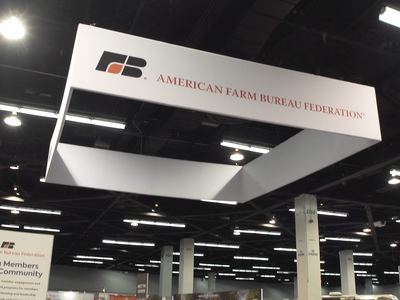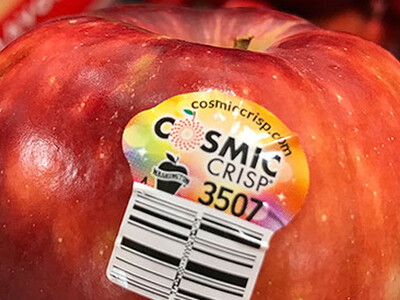Barley to China
U.S. barley growers suddenly have access to a tantalizing new market: China, the world’s most populous country and also the largest producer and consumer of beer.That is welcome news to many farmers in Idaho, which leads the nation in barley production. Idaho produced 55 million bushels of barley last year, and about 75 percent of that barley was used to make malt for beer. The rest was used for food and animal feed.
As part of the “phase one” trade deal signed between China and the United States in January, China agreed to approve a phytosanitary protocol between the countries that would allow U.S. barley to be sold in that nation.
That means U.S. barley can now be exported to China.
As part of the phase one trade deal, China agreed to purchase massive amounts of U.S. agricultural products. Purchasing a significant amount of barley is one way to achieve that commitment, Idaho Barley Commissioner Wes Hubbard said during the IBC’s regular meeting on June 11.
“That would be one way for them to do that, to buy some malt barley from the U.S.,” said Hubbard, a North Idaho barley farmer. “Hopefully, we’re going to be able to capitalize on (this development).”
China has already made two recent purchases of U.S. barley and one of them involved some Idaho barley, said IBC Administrator Laura Wilder.
China’s sudden interest in U.S. barley follows that nation’s first-ever malt barley trade team visit to the United States last October. The eight-member trade team, which represented China’s beer brewing industry, visited Idaho and other states from Oct. 9-12 to learn more about the U.S. malt barley industry.
Wilder said trade team representatives expressed great interest in purchasing U.S. barley and China’s opening of its doors to barley from the United States can be attributed in large part to that visit.
“What opened the door for this to happen was that trade team being here,” she said. “It’s a direct result of that visit.”
Wilder said members of the Chinese trade team were impressed with the quality of the malt barley produced in Idaho and the U.S.
“U.S. malt is typically higher quality than what they have available in China because we have better varieties, better storage and just better barley and malt for brewing,” she said.
But she also said China’s sudden appetite for U.S. barley probably won’t pay off in a big way this year because most of the barley produced in Idaho is grown under contract, which means there is not a large amount of open market barley available right now.
Next year could be where Idaho growers begin to see results of the recent development, she said, but Chinese purchasers are going to have to convince Idaho farmers that there is a profit in producing barley that is destined for export to that nation.
China has been price-sensitive when it comes to purchasing barley from other nations, Wilder said, and the barley that Chinese purchasers have bought is lower quality than U.S. barley.
“It’s early as far as trying to determine what the market potential is in China for U.S. barley but there is potential,” she said. “So we just need to keep developing that market and building those relationships. It’s happening but we’re just at the tip of the iceberg.”
“We are just going to have to see how the Chinese buyers are going to operate to give our farmers confidence they will have the market if they grow it,” Wilder added. “We need assurances that if farmers grow it, the market’s going to be there.”
While a lot still has to happen before China starts buying significant amounts of U.S. barley, the potential for the world’s most populous country to purchase large amounts of Idaho barley is exciting, said Scott Brown, a Soda Springs grower who hosted the Chinese malt barley trade team during its visit to Idaho last year.
“China is the largest beer-producing nation in the world and to have that as a potential market for Idaho and U.S. barley growers is exciting,” he said.













